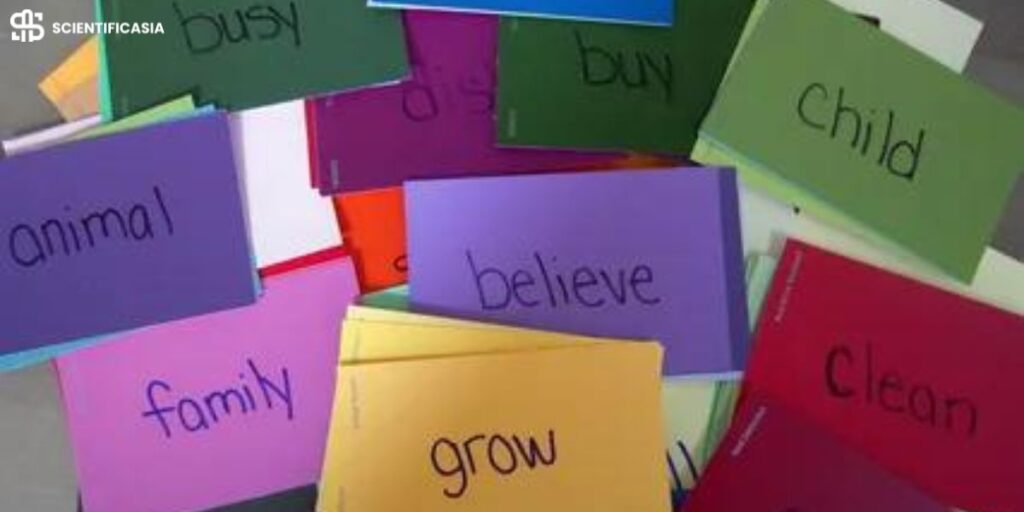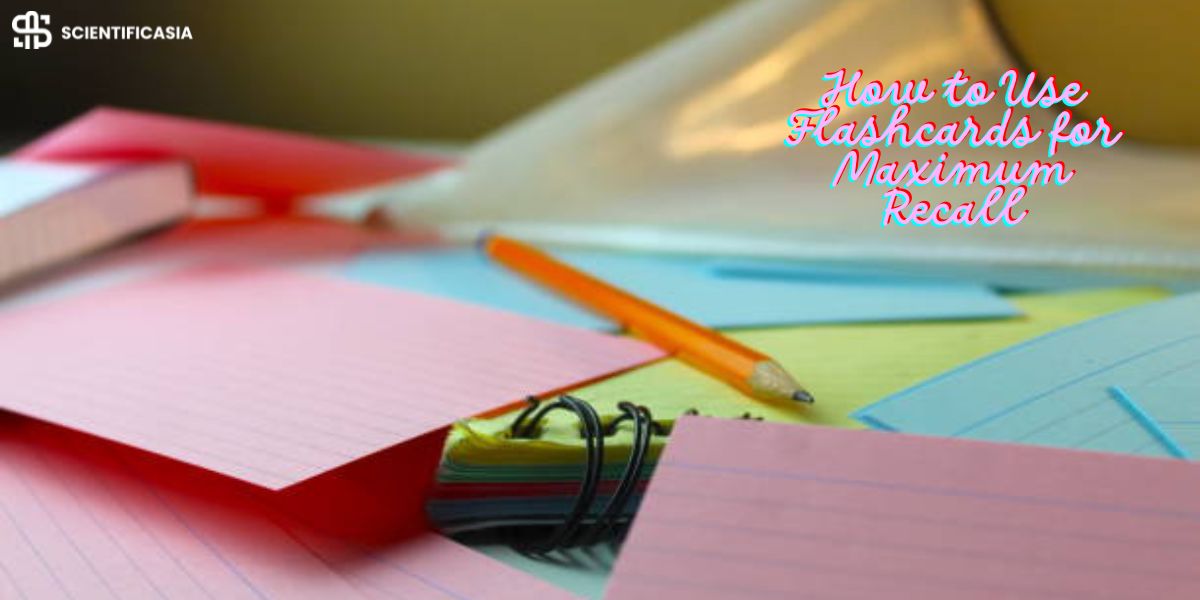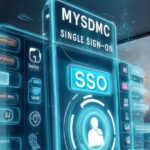Flashcards are one of the best tools that can be used to empower memory in the process of retention and recall. Whether a student preparing for exams, a professional in his journey to master a new skill, or just about anybody who wants to learn a new language, it would really be a very useful way of grouping and reviewing information. This paper looks at the most effective way to use flashcards to maximize recall. It also gives tips on how to create and use them effectively.
Flashcards: The Science Behind Them
This magic lies in a few key principles of cognitive science. The most important one is active recall—the act of memory itself in the exercised process. In other words, when one is looking at a flashcard and trying to remember what the answer was before flipping it, he is using active recall. This way shows that this technique reinforces neural connections more effectively than passive review techniques.
Then there is the use of spaced repetition, where one goes over the material successively at increasing intervals. Spacing the review sessions depends on the psychological spacing effect to inhibit forgetting and stabilize memory. Modern flashcard software such as Anki or Quizlet are developed in such a way as to fully leverage the mechanism of spaced repetition, with the best possible review scheduling and with maximum memory stability.
Making Good Flashcards
Make flashcards so that you actually learn and are able to recall. The flashcards should be very simple and compact. Each flashcard should contain only one single piece of information or one question and its answer. Doing so will be an approach to keep your learning focused and decreasing cognitive overload to remember a single item.
Sometimes, visual representations may help to make very abstract thoughts more concrete and easier to remember. Very strong associative bonds within the mind are, therefore, established with the help of mnemonic devices such as an acronym or a rhyme, to make recall even more efficient. For instance, in language learning, they might use images to represent vocabulary or construct sentences to help them remember the grammar rules.
Flashcard Learning for Maximum Recall

Equally important is using them the correct way. By doing periodic and consistent reviews, the recall becomes maximal. Try to look at your flashcards every day—spend even just two or three minutes on them. Such discipline helps firm up your memory and keeps the information fresh in your mind.
Another thing is that you should be able to shuffle the order of your flashcards while reviewing. This is known as interleaved learning. Shuffling of the serial list helps to avoid the serial position effect, which is when the learner’s items are at the beginning or end of the list more than in the middle. By shuffling your flashcards, you keep forcing your brain to retrieve information in different contexts, which will increase overall context and understanding.
Make humane
Quite a number of flashcard-related apps exist in the digital age. This type of software normally includes built-in algorithms for spacing out the repetitions and allows the user to create their sets of flashcards. In general, the apps include media and add-ons. For example, Anki includes intelligent scheduling, which predicts the time most probable for a user to forget their flashcard and then asks the user to review the card. Quizlet includes different study modes, from games to practice tests, making learning both engaging and effective.
In fact, with digital flashcards, you can even tag and categorize them so that it becomes easier to take out one particular topic or area that you would like to focus on, which needs special attention. Besides, most apps now enable one to share their flashcard sets with others, thereby fostering collaborative learning and even the possibility of getting feedback.
Avoiding Common Pitfalls As effective as flashcards can be, certain common pitfalls must be avoided. First, there is the danger of having too much detail or complexity on the flashcards. Overloading a single card may interfere with recall and, more generally, may make the learning task appear overwhelming. In such cases, complex issues need to be dissected into simpler subparts. Then, a separate card may be prepared for each subpart.
Another thing to watch out for is passive review, in which you’re just letting your eyes gloss over the flashcards. The way to guard against this is to try to remember the answer before you turn the card over. If you find that you often can’t remember the card, that means you should practice it more. Also, don’t be drawn towards reviewing the cards that you’re already good at over and over again. Spend more time with the challenging ones so that you learn everything thoroughly.
Make Flashcards Your Own
Everyone learns in their own unique way, so your flashcard strategy will be developed based on how you like to learn. For many people, visual information is essential when it comes to being able to remember anything. For others, it is the sound of what was said or even the rephrased explanation that they remember. You might want to try different formats and techniques to see what seems to be working for you.
For example, you could add audio recordings to your flashcards if you are an auditory learner. This might prove quite useful, especially for language learning in which pronunciation is key. If one were a visual learner, they should add more images, diagrams, and color. Lastly, if one were a kinesthetic learner, they write their flashcards on paper or use them in interactive activities.
Merging Flash Cards with Other Techniques

Flashcards are a helpful tool by themselves but can be enhanced for effective results when combined with some other study method. For example, one may make flashcards on a subject matter and then use them to recall before taking practice quizzes or exams on the same material. Such a combination helps in reinforcing one’s learning process and, at the same time identifying whatever it is that might not be clear.
You can also mix up your flashcard review with other forms of active learning, such as explaining the material to a friend or applying the material to some real-world context. These techniques should help you achieve deeper insight and understanding of the subject matter.
Remember to create flashcards that are simple, concise, and tailored to your learning style, and to use them consistently for the best results.
Maximizing Flashcard Learning: Strategies for Consistency and Motivation
Staying Motivated and Consistent Flashcards are best combined with the principles of consistency. But maintaining that motivation over a long period might turn out to be quite a long tug of war. Clearly defined and specific goals are set for flashcard review sessions to retain direction. It is a decision on a certain number of cards for daily review. Or it is in a position to have mastered a particular set by the end of the week. Setting achievable milestones can help you stay motivated and monitor your progress.
You can also motivate yourself by including variety and gamification in your flashcard sessions. Make the practice sessions with the flashcard apps into games quizzes or time challenges for you so that studying is very engaging and fun. Also, reward yourself when you achieve the target you set in order to positively reinforce the behavior. Conclusion Flashcards are one effective way of improving memory, specifically in terms of how to recall and retain best.
If you know cognitive principles for their use together with active recall and spaced repetition and implement the best practices for making and using them, you really gain great learning results. Flashcards can help you, whether you are a student, a professional, or a lifelong learner. They retain information better in order to achieve their educational goals. Most importantly, make flashcards that are simple and short and do not leave out the learning style. More importantly, use them regularly to gain the best results.












